You want to learn how to Proper composting and create your own compost? Then you've come to the right place! Composting is a simple way to turn organic kitchen waste into a natural fertilizer for your plants in the garden or at home. By composting properly, you avoid plastic waste, as well as transporting the organic waste and make your own natural plant fertilizer. In this article you'll learn how to create a compost in the kitchen, as well as in the garden, and what exactly a Bokashi bucket is. Let's go!
Advantages of proper composting
Before I explain how you can create a compost for yourself, I would first like to explain to you the various Advantages of composting bring closer:
- Your household waste is significantly reduced
- You avoid the environmentally harmful transport of your organic waste
- Your organic waste does not have to be recycled in the waste plants with high energy expenditure.
- You can compost indoors (kitchen) and outdoors (balcony, garden)
- Obtained valuable plant soil for garden and houseplants (and plant fertilizer).
- Proper composting does not smell
- Composting is not laborious
At Zero Waste Lifestyle proper composting of the accumulated organic waste is an important factor. But it also simply makes sense to make your own fertilizer or plant soil. As you can see, composting has many advantages and creates good reasons to build your own compost pile.
Important tips for proper composting
Whether you want to create your compost in the kitchen or in the garden. If you want to compost properly and achieve fast composting, you should heed the following basic tips:
- Mix the compost well to speed up the composting process
- Organic waste should therefore also be reduced as much as only possible
- Avoid fruit flies by loosening the compost from time to time
- For a fast composting you should provide enough air at the compost (airy container, as well as twigs & branches)
- Bones, coal ash, chemical residues and meat scraps should not be disposed of in the compost
- The compost should not be too moist (mold growth) and not too dry (poor composting)
You can speed up the breakdown of your organic waste with these composting tips.
Proper composting in the kitchen
It doesn't always have to be the compost heap in the garden. Those who live in the city usually don't have their own garden. But fortunately there are also alternatives to compost properly directly in the apartment. Without stench and without destroying the aesthetics of the kitchen.
Bokashi bucket for organic waste
Here in Germany, we throw away an average of one third (18 million tons - see article Tips against food waste) of our purchased food away. But for the stinky garbage cans and trash cans with fruit flies, there is a cool alternative from Japan: the Bokashi bucket. This is usually made of plastic, but can be used for an eternity. Bokashi, by the way, is the mineral-rich fertilizer substrate you end up with. In the bokashi bucket, you can collect all the organic waste from your household and have it processed into high-quality plant fertilizer. Better than paying the high fees for garbage disposal, right?
The Bokashi bucket is unfortunately plastic, but lasts half an eternity. Two Bokashi buckets are recommended, because the full bucket needs some time to be degraded. The other Bokashi bucket you can then fill daily with your organic waste, while the other is processed.
Here you get the complete starter kit for your Bokashi
Bokashi bucket and compost bucket - difference?
Unlike the conventional compost bucket in the kitchen, the organic waste in the Bokashi bucket is largely odorless. This is due to so-called microbes, which you sprinkle over the organic waste and which then slowly decompose it. As you can see in the photo, there is a "spigot" at the bottom of the bokashi bucket for excess liquid from the waste. But the liquid is not so superfluous. You can use it directly as fertilizer for your houseplants. After about 2-3 weeks, the organic waste is processed or fermented.
Proper composting with worms
To learn more about it, I met with the founders of Wurmkiste.at, who are featured in the article Worm bin - worm composter for organic waste leave no question unanswered. Food scraps such as eggshells and husks are very difficult to biodegrade. A young StartUp from Switzerland came up with an idea to decompose organic waste from the household with the help of earthworms. Without stench and in a specially designed worm composter. In total, the system in the so-called WormUp composter consists of three layers, from which you can easily obtain regular plant fertilizer. The worm composter is a great alternative to protect the environment with your accumulating organic waste and to gain valuable plant fertilizer. This is because the worms are able to completely transform a layer into fertilizer in about 2-3 months. The life expectancy of such an earthworm is about 2 years. In the composter, the earthworms reproduce naturally. However, nature has arranged it in such a way that there will never be an overpopulation of worms. In the following video, StartUp WormUp gives you a picture of the worm composter.
Proper composting in the garden in 4 steps
The compost pile is great for adding extra nutrients to the soil in your garden. If you want to create a compost in your garden, there are still a few things to consider. For example, your compost bin should be easy to open on at least one side. As you can see from the cover image of this article, compost bins that have been nailed together from wood are suitable. You can also build a container yourself from old Euro pallets. An open container allows enough air to reach the compost pile. In addition, you should always provide enough oxygen in the compost pile by branches and twigs. It is also best to place the compost pile in a shady area so that sufficient moisture remains in the compost and the pile does not start to really stink. If the compost pile is too dry, you should water it lightly on a regular basis. Below I would like to show you in 4 steps how you should create the compost:
1. the base of the compost heap
If you want to compost properly, you should create the compost in the optimal layers. A balance between dry and moist compost is crucial. Ideally, the base of the compost pile in the following layers from the bottom up:
- Layer 1 (approx. 30 cm): Lawn clippings, leaves, small twigs and hedge trimmings form the base of the compost pile. In this layer it is recommended to add additional mature compost, if available. For a faster starting composting, you can alternatively add in this layer of the compost pile a Such compost starter add to it. A compost starter is especially recommended if you want to create your compost in a closed container.
- Layer 2 (approx. 10 cm): Healthy garden soil to add microorganisms to your compost. The soil closes the base of your compost pile. Make sure the microorganisms have enough oxygen available by incorporating small cut branches into this layer.
The optimal basis for proper composting is set. Now you can take organic waste from the household and garden to the compost.
2. create compost and finish on top
You can now throw other organic waste on your compost pile. Make sure that the pile does not get too dry and that there is always enough oxygen available in the pile. If you want to build your compost properly, you should close the top of the pile again with grass cuttings at about 1 - 1.20 m height. To avoid attracting pests, you can also cover the pile with a tarp. Now the organisms in your compost pile will work properly.
3. put the compost heap around
Your compost has now worked a few weeks? Then it should have become much smaller and it's time to move the compost and mix the layers. By mixing the inner and outer layers of the compost pile, you speed up the decomposition process a bit more.
4. use of the resulting compost
The patience has paid off. After about 9 months, the microorganisms should have completed their work and you can use the resulting compost. To remove coarse material such as branches and co. cleanly, you should simply tip the soil through a large grid / sieve. Now you can use the compost for your plants. You can use the coarse remains for the base of the new compost pile or for mulching (covering the soil with unrotted material).
If you want to create your compost in the garden, you can also get inspiration from Stefan in the following video:
Proper composting - Simple, right?
You can create your compost both indoors and outdoors. In the kitchen, on the balcony or in the garden you can make sure that your household waste in the sense of the Zero Waste Lifestyle and at the same time obtain great plant soil and natural plant fertilizer. It's easy and environmentally friendly.
I hope the instructions and tips on proper composting help you and I look forward to your questions, suggestions and personal experiences with composting in the comments below this article.
Best regards,

PS: You have reduced your organic waste very well. Is your garden or balcony already bee-friendly? In the article Bee pasture garden you'll learn how to make your garden bee-friendly.

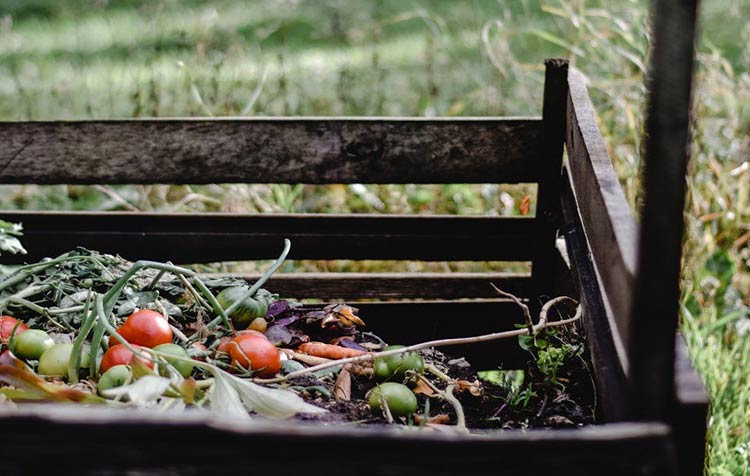

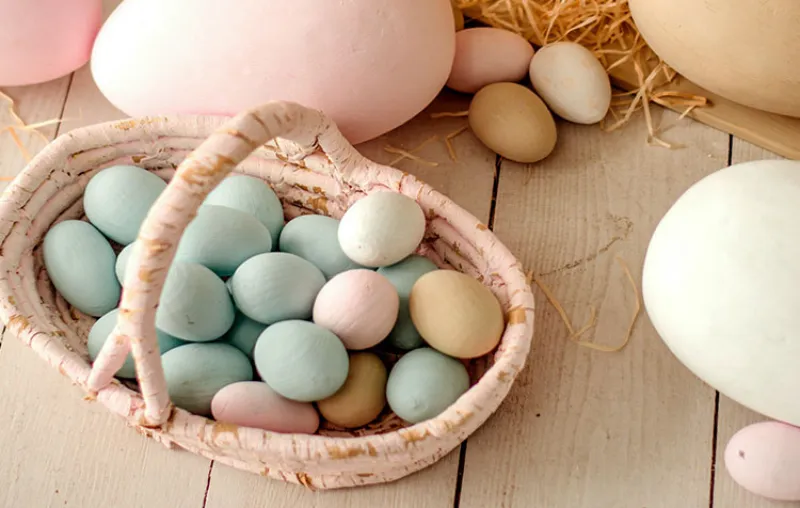
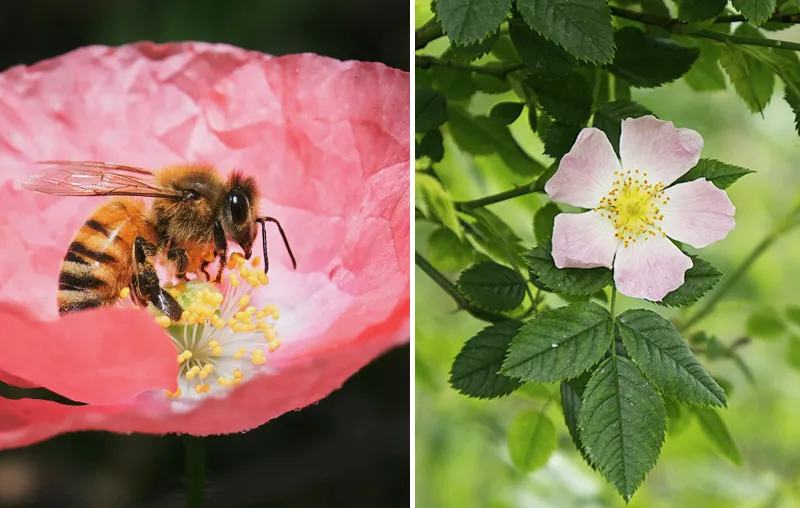
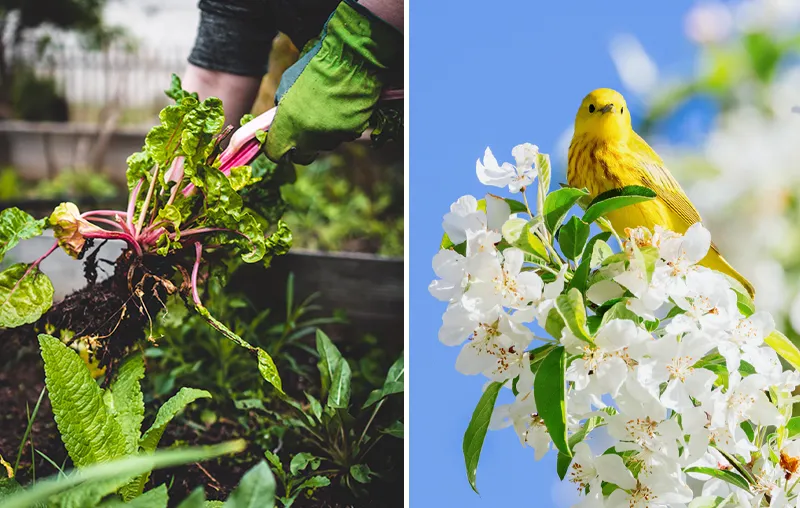
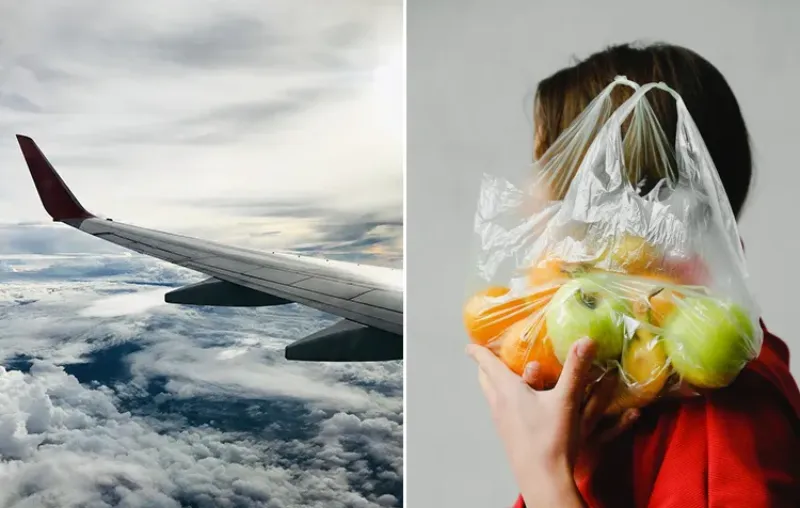
Dear Christoph! ? A BIG BIG PRAISE TO YOU! I think it's so great that you are also so committed to our precious nature and world.we tick here at home just so.let's be SUSTAINABLE, because only so the future has a FUTURE ? LG annie
Hi Annie, thank you for your lovely comment and great that you are also doing everything you can to live sustainably at home 🙂
Let's make the world a little better together!
Kind regards,
Christoph
Comments are closed.